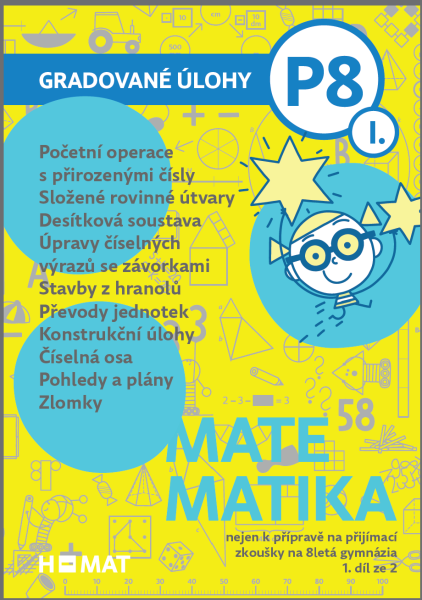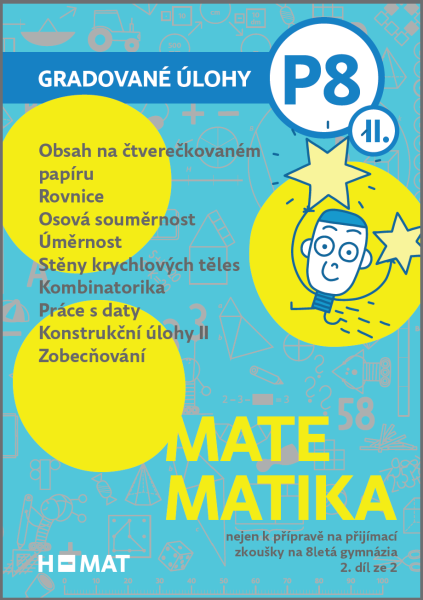Motivation endows the learning process with energy and direction, and thus plays a key role in ensuring its quality. A child with an intrinsic need to learn learns in a more intense, deeper, and more complex way than a child who is forced to learn.

In fact we do not call the latter motivation, but only stimulation. It is clear from the Latin origin of these words that the difference between stimulation and motivation is quite significant: motivation is derived from the Latin moveō – to move, while stimulation derives from the Latin stimulō – to urge or to goad. We understand motivation as a need to learn, a need that arises from the internal struggle between “I don’t know” and “I want to know”, “I don’t know how” and “I would like to know how” , “I have not tried” and “I would like to try”.
Children are curious. They have a strong desire to learn about the things that surround them. They ask about anything they come across. They have a neverending need to acquire new experiences, even if they bring pain: think of the scraped knees of a child who is learning to ride a bicycle. Motivation to learn is an innate characteristic of every child.
Children’s motivation differs remarkably from adults’ motivation. Many misunderstandings arise from this difference. A child’s motivation is:
A pupil’s desire to learn in school grows both as a result of the happy aha-moments that they have experienced in the past, and from the conflict between “I don’t know” and “I need to know”.
Stimulation, rather than motivation, is prevailing in a traditional way of teaching mathematics. The impulse to learn comes from the desire to earn a good mark, or the fear of a low mark, the desire to be liked by the teacher, or the noble intention of making their parents happy. Children who are motivated by the need to discover mathematics are rather an exception then the rule.
The Hejny method offers children a discovery of mathematics that is based on their own experience. They start off in an intimately known world, but are constantly motivated to move further. Thanks to their internal motivation they are willing to “transfer” from the real world to the world of abstract concepts, they adopt certain mathematical tools and use these to discover so-called “higher” mathematics.

 Doporučujeme: Dvoudílná série "Gradované úlohy nejen k přípravě na přijímací zkoušky na 8letá gymnázia." Publikace jsou vhodné i jako doplněk běžné výuky, když dítě není učené Hejného metodou. Tištěné verze koupíte na www.h-ucebnice.cz. Elektronickou verzi přes www.h-edu.cz.
Doporučujeme: Dvoudílná série "Gradované úlohy nejen k přípravě na přijímací zkoušky na 8letá gymnázia." Publikace jsou vhodné i jako doplněk běžné výuky, když dítě není učené Hejného metodou. Tištěné verze koupíte na www.h-ucebnice.cz. Elektronickou verzi přes www.h-edu.cz.